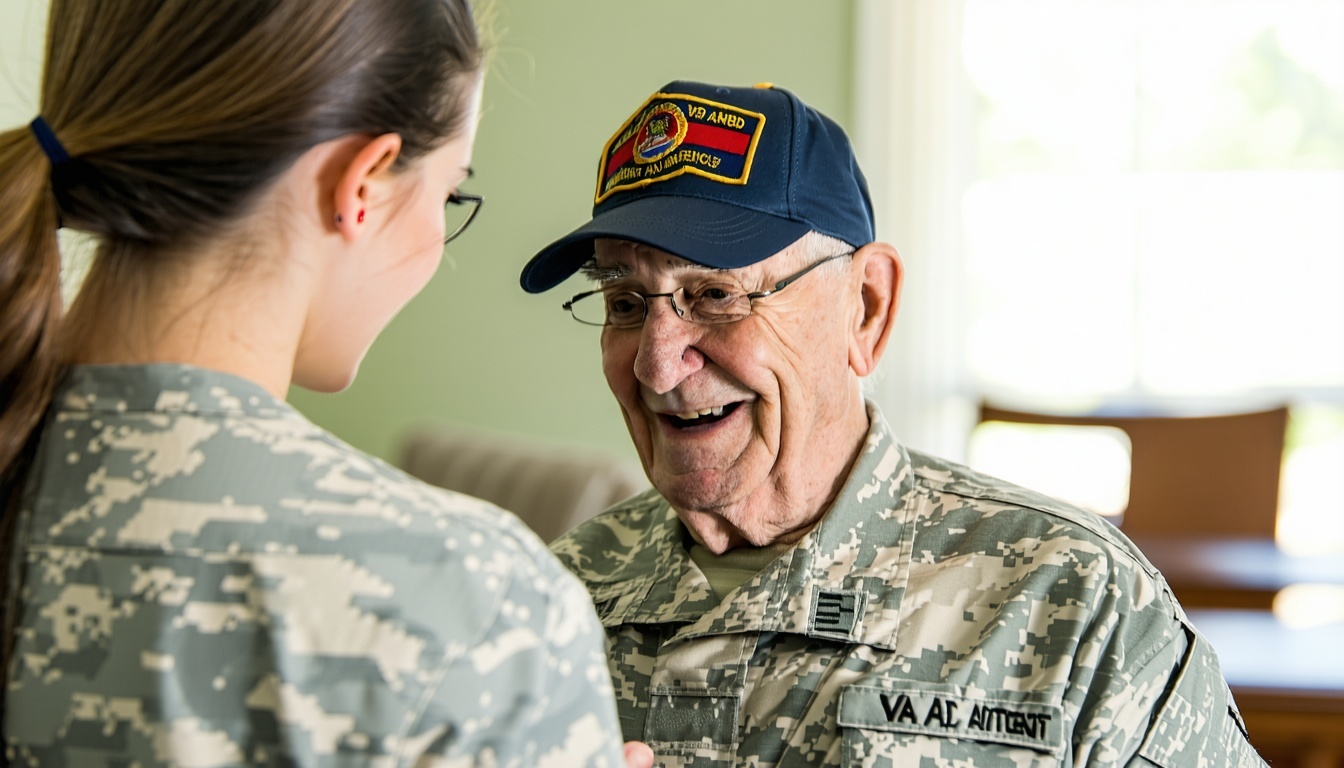Income Limits for VA Aid and Attendance: What You Need to Know

Navigating the intricacies of VA Aid and Attendance benefits can be challenging, especially when it comes to understanding income limits. This blog post will guide you through everything you need to know about qualifying for these crucial benefits.
Understanding VA Aid and Attendance Benefits
VA Aid and Attendance is a supplemental pension provided to veterans and their surviving spouses who require assistance with daily living activities. This pension aims to alleviate the financial burden associated with long-term care and other essential services.
These benefits can be particularly valuable for those who need help with tasks such as bathing, dressing, eating, and managing medications. Understanding the nuances of these benefits is crucial for veterans and their families to make the most of the financial assistance available to them.
Eligibility Criteria for VA Aid and Attendance
To qualify for VA Aid and Attendance benefits, veterans must meet certain criteria. Firstly, the veteran must have served at least 90 days of active duty, with at least one of those days during a wartime period. Additionally, the veteran must meet specific medical and financial requirements.
Medical eligibility is determined by the need for assistance with daily living activities, while financial eligibility is assessed based on income and asset limits. It's essential to thoroughly understand these criteria to determine if you or your loved one qualifies for these benefits.
Income Limits for VA Aid and Attendance
One of the critical components of qualifying for VA Aid and Attendance is meeting the income limits. The VA considers a veteran's countable income, which includes earnings, disability and retirement payments, interest and dividend income, and net income from business or farming.
It's important to note that certain expenses, such as unreimbursed medical expenses, can be deducted from your countable income. These deductions can significantly impact your eligibility, so it's crucial to keep detailed records of all medical expenses.
How to Apply for VA Aid and Attendance Benefits
Applying for VA Aid and Attendance benefits can be a complex process, but understanding the steps involved can help streamline your application. First, gather all necessary documentation, including service records, medical records, and financial statements.
Next, complete the VA Form 21-2680, the Examination for Housebound Status or Permanent Need for Regular Aid and Attendance. Submit this form along with your supporting documentation to the VA for review. It may be beneficial to seek assistance from a VA-accredited representative or a financial planner experienced with VA pensions to ensure your application is accurate and complete.
Alternatively, My Veteran Solutions can submit your application for you. To start that process, take our brief questionnaire to see if you qualify for Aid and Attendance. If you qualify, we'll manage the process from there.
The Importance of Financial Planning for Veterans
Financial planning is a crucial aspect of managing VA Aid and Attendance benefits. Understanding how these benefits interact with other income sources and how to maximize your financial position is essential.
Working with a financial planner who specializes in veteran benefits can help you navigate the complexities of VA pensions, ensure you meet the income limits, and make the most of the available financial assistance. Proper planning can provide peace of mind and financial stability for veterans and their families.

 By
By


